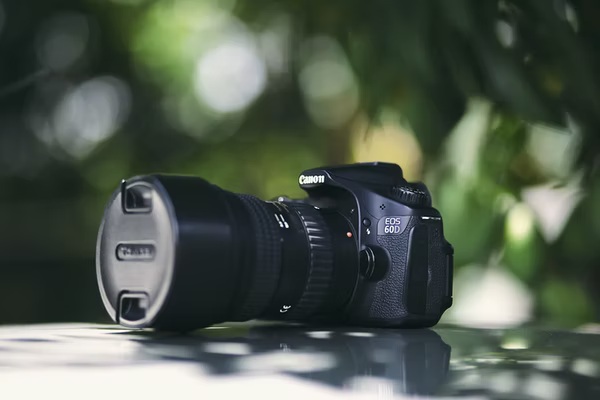Featured
- Get link
- X
- Other Apps
Digital photography: concepts and tips to improve your photos
Digital photography has revolutionized the way we communicate. Never has the expression “a picture is worth a thousand words” been so easy to put into practice. You just have to air at some of the most successful social networks today to see the importance that digital photography has in our society and in the way we interact.
It was in 1975 when Steve Sasson, Kodak engineer , invented
the first digital still camera. Since then, thanks to technological and
electronic advances, devices have been increasingly compact and offering higher
image quality.
The great leap in the growth of the use of photography with
digital media was led by the arrival of the mobile phone with an integrated
camera and, ultimately, the launch of the iPhone in 2007. This device
revolutionized the concept of the mobile phone and led to the development , as
of 2010, the current market for smartphones with integrated cameras, touch
screen and internet connection.
In this article we will know what a digital photograph
consists of and what tips to take into account to improve the quality of our
images.

What is digital photography
The digital photography , while sharing with analogue its
ultimate goal: capturing reality as closely as possible, is a completely
different process that involved electronic sensors, photosensitive units,
electrical signals and an electronic memory that stores information.
Both digital SLR cameras, medium format cameras
(professional cameras), compact cameras, action or "off-road" cameras
(the well-known GoPro, for example) and mobile cameras capture images in a
similar way. Let's see how.
How do you create a digital photograph?
The light captured by the lens of the digital camera reaches
the image sensor . There are two main types of sensors:
•CCD (Charge-Coupled Device).
•CMOS (Complementary Metal Oxide Semiconductor -
Complementary Metal Oxide Semiconductor).
The CCD sensor is made up of a large number of
photosensitive receptors that generate an electrical signal each time light
strikes them. Thanks to the "analog to digital converter " (called
ADC converter ) electrical signals are converted into digital information
capable of being represented by a numerical code, such as binary code. In this
way, the analog image captured by the lens is converted into a digital image .
The CCDs, although they offer better performance in dynamic range (set of tones,
from the darkest to the lightest, that a camera is capable of taking in a
photograph) and noise (random variation of brightness or color in the images)
have the disadvantage if you need an external chip: the ADC converter.
With regard to CMOS sensors , digitization occurs internally
in transmitters that are inside the sensor itself. Therefore, they allow
reducing both the manufacturing cost and the size of the equipment. In
addition, they offer greater speed and sensitivity to light, so they work better
in low light conditions.
In the case of smartphone cameras, the main challenge
manufacturers face is their small size. Both the objective (also called
"the optics") and the image sensor must be integrated into the
thickness of the mobile. The evolution of CMOS sensors in recent years has made
the main advantages of CCD technology fade away and has given rise to advanced
sensors such as BSI (Back-Illuminated Sensor) or back-illuminated CMOS .
Another concept of digital photography to consider: what
is the pixel? And the Megapixel?
You have surely heard of Megapixels in the technical
description of a smartphone camera. Let's see what they consist of.
The pixel is defined as the minimum unit that makes up a
digital image. Each pixel contains the information about the color of the image
portion it represents. This color can be: red, green, blue (RGB - red, green,
blue) or any mixture of the three. In addition, they can be opaque or
translucent, providing the concept of transparency (RGBA).
The more pixels an image contains, the higher its resolution
. Resolution can be calculated by multiplying the size of the image in pixels
by the height. For example, if we have a photograph that measures: 1500 x 1000
pixels, its resolution will be 1,500,000 pixels = 1.5 Megapixels. In other
words, one Megapixel is equal to 1 million pixels .
Since image resolution is one of the most important
characteristics in achieving quality digital photos , major smartphone
manufacturers are constantly striving to expand the number of megapixels that
their devices can capture. In this way, there are mobiles, such as the Xiaomi
Mi 10 , the Samsung Galaxy S21 Ultra or the realme 8 Pro, capable of capturing
108 mega-pixel images.
- Get link
- X
- Other Apps
